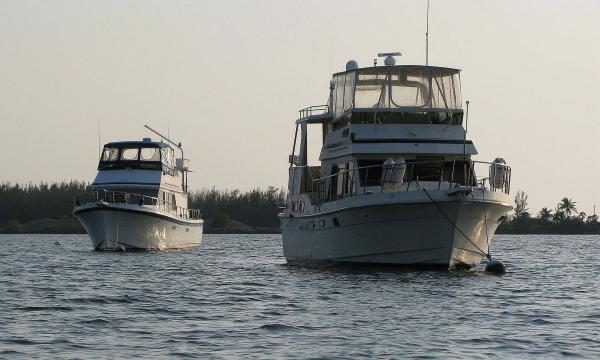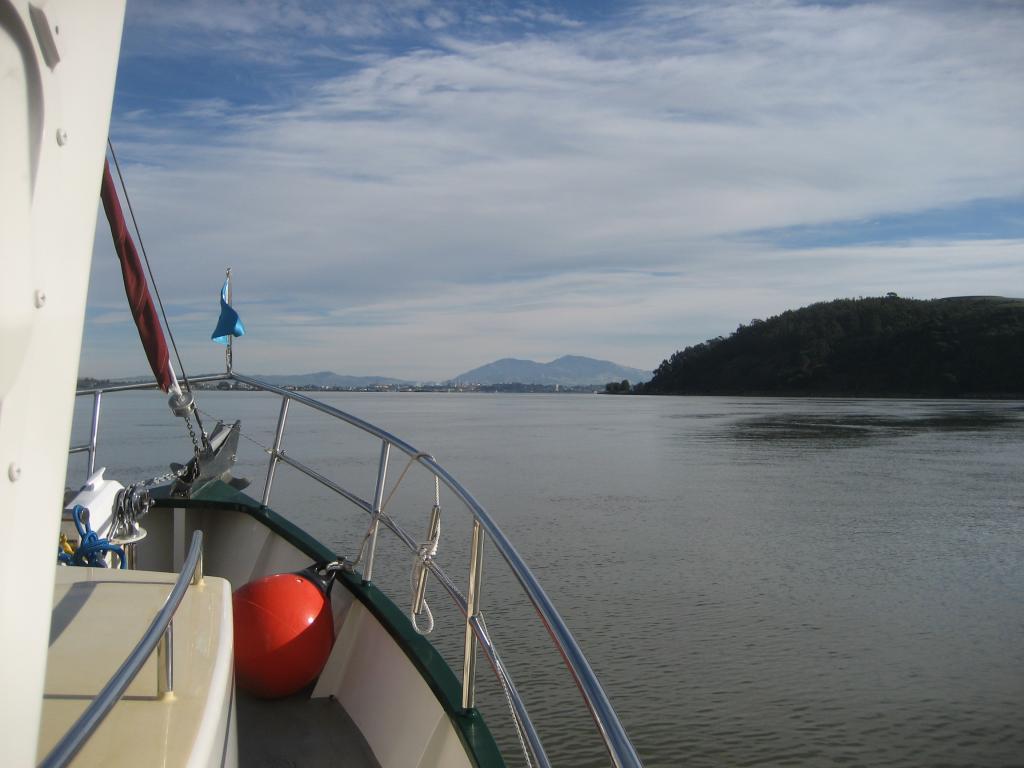I am firmly in the "never" camp.
Unless I can take Retreat out for a run, I never start the engine just to run it. In the winter I like to feel the icy wind in my face, check out what interesting things are happening in the harbour, and as a bonus, get the engine good and warm. If I can't, I leave it alone. My Hot water tank and charger keep the ER from freezing. The outside water never freezes here, so I don't need to do anything else.
Unless I can take Retreat out for a run, I never start the engine just to run it. In the winter I like to feel the icy wind in my face, check out what interesting things are happening in the harbour, and as a bonus, get the engine good and warm. If I can't, I leave it alone. My Hot water tank and charger keep the ER from freezing. The outside water never freezes here, so I don't need to do anything else.


 More to the point, why even ask such a question?
More to the point, why even ask such a question?
